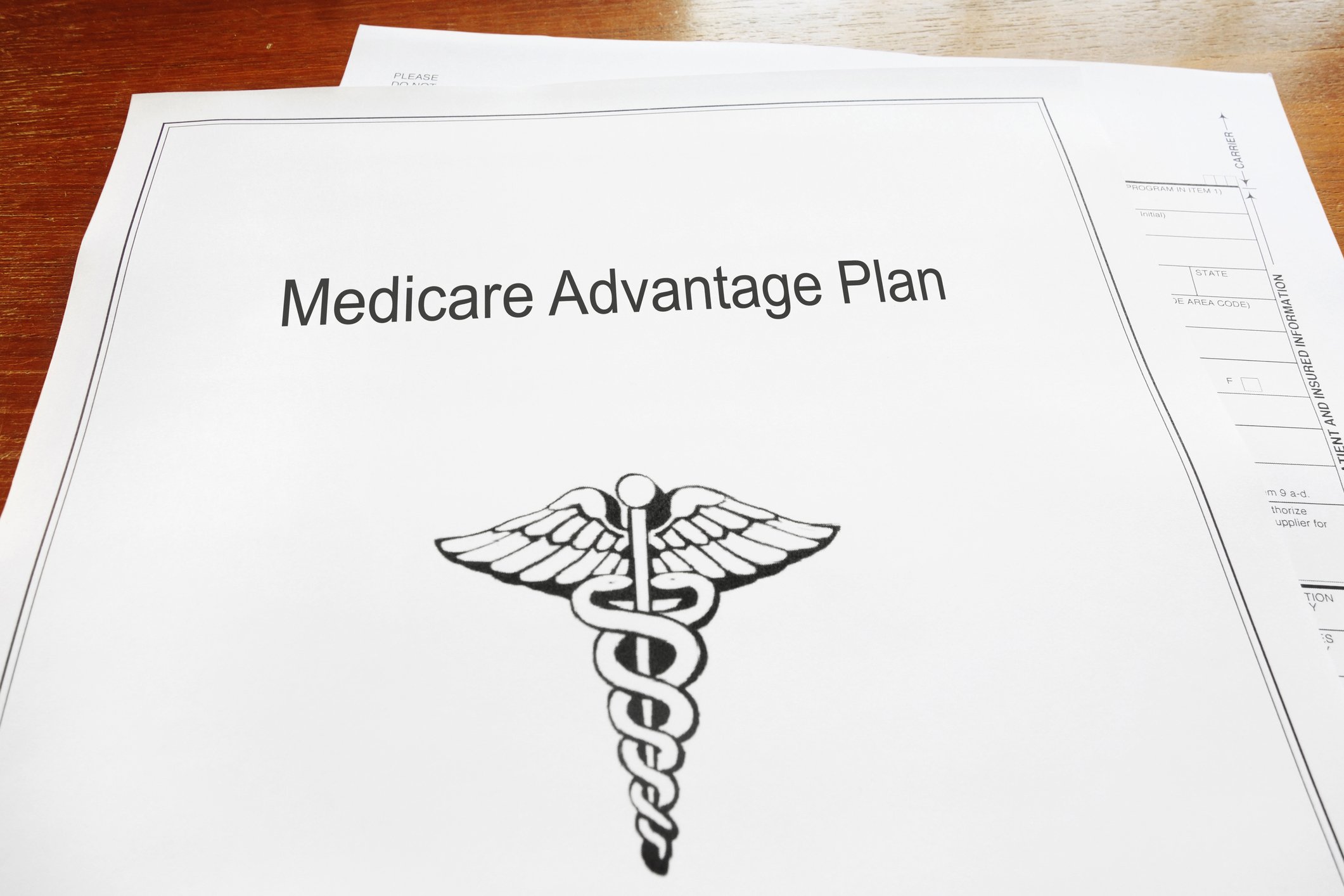Medicare’s open enrollment window opens in a few weeks, and the Centers for Medicare & Medicaid Services is offering a broad look at the landscape around Medicare Advantage and Part D before signups begin.
The agency announced on Friday that average premiums in both MA and Part D are set to decline for 2025. The average monthly premium in MA is set to be $17 next year, down by $1.23 from $18.23 in 2024.
CMS said that about 60% of MA beneficiaries will be enrolled in a plan that has a $0 premium for 2025. In addition, most (83%) of enrollees will have the same or lower premiums should they choose to maintain the same coverage, according to an announcement.
In Part D, meanwhile, premiums are set to decline by $7.45 to $46.50 next year, compared to $54.95 in 2024.
Meena Seshamani, M.D., CMS deputy administrator and director of the Center for Medicare, told reporters during a briefing that both MA and Part D are stable heading into 2025.
“Bottom line: average premiums, benefits and plan choice for Medicare Advantage and the Medicare Part D prescription drug program will remain stable in 2025, just as they were in 2024,” she said.
In the announcement and on the press call, CMS officials emphasized that there will be “ample” choices for beneficiaries in Medicare Advantage. This is despite warnings from major players in the MA space that payment cuts and other headwinds may force them to slash benefits.
Humana, for instance, which is one of two insurers that dominate MA, said earlier this month that it will exit 13 markets in a move that would impact 560,000 enrollees or about 10% of its MA member base. However, the insurer did say it expects to absorb about half of those members into other plans.
CMS said that 99% of Medicare eligibles will have access to at least one MA plan in their region. When pressed on the call, officials did acknowledge that payers will make necessary business decisions but again reiterated that the market is stable overall.
Supplemental benefit offerings also remain generally robust, CMS said. Most (99%) of plans offer vision coverage, and 97% offer dental or hearing benefits. The number of plans offering benefits designed for chronically ill people will also grow in 2025.
In Part D, CMS highlighted a new voluntary demonstration, first unveiled in July, that aims to test premium stabilization options. New premium stabilization programs first rolled out in 2024 under the Inflation Reduction Act.
Senior officials said on the press call that of 818 standalone Part D plans, 782 have decided to participate in the demonstration. Of the 36 plans that opted out, all are employer-backed Part D plans that negotiate benefits with insurers.
Participation in the demonstration will reach 99% of people who are enrolled in a standalone Part D plan. CMS initially projected that the demonstration will cost about $5 billion, and is maintaining that estimate based on participation.
Publisher: Source link









